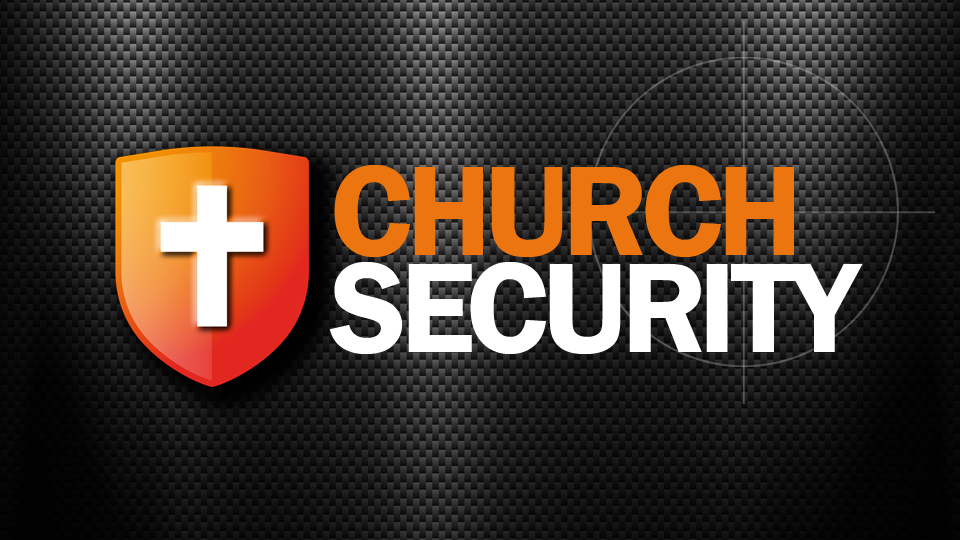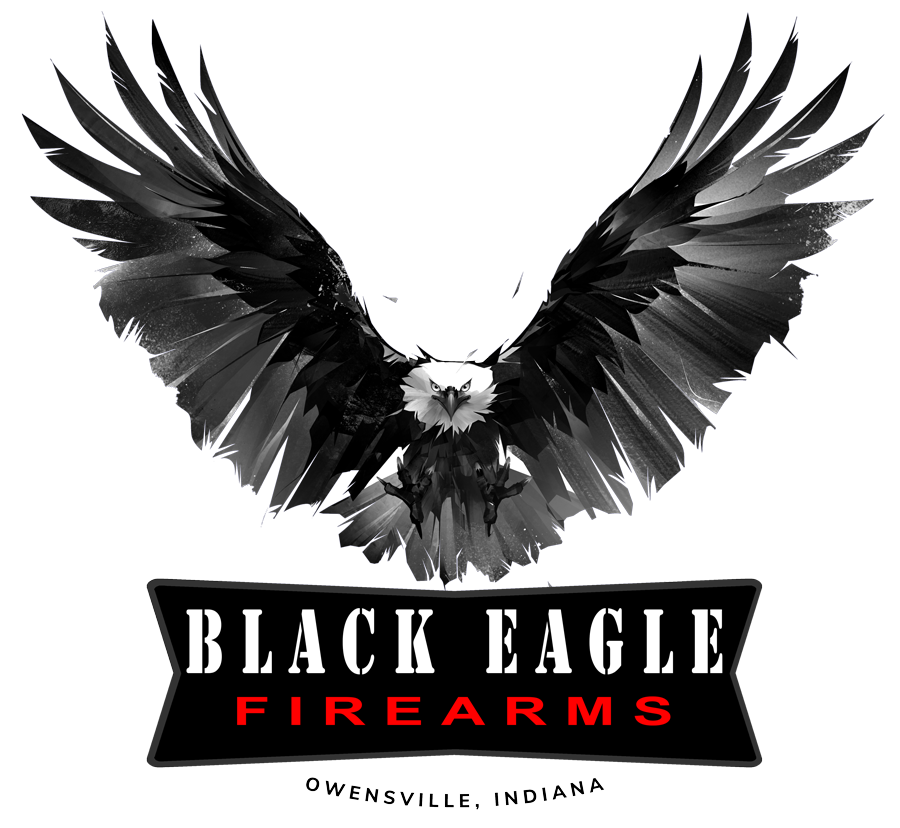Houses of Worship Security Consulting Services
Building a Comprehensive Church Safety and Security Program
Churches can greatly enhance safety by taking a structured, proactive approach. This includes forming a trained volunteer security team, conducting regular risk assessments, using modern security technology, and developing clear emergency and child protection policies. A well-rounded plan addresses both accidental threats (such as medical emergencies) and intentional threats (such as disruptive individuals or acts of violence).

Security Consulting Services:
Physical Security Survey
Risk Analysis
Risk Assessment
Threat Assessment
Vulnerability Assessment
Risk Management
Risk Mitigation
Security Major Incident After Action Review
Evaluate Emergency Preparedness / Response Plans
Develop Emergency Preparedness / Response Plans
Management (Command) and Control Exercises
Full Scale Security Training Exercises
Leadership Development
Leadership Team Building Field Training Exercise
Active Shooter Incidents
Response Measures
Training / Security and Employees
At Black Eagle Firearms LLC, we are deeply committed to protecting Houses of Worship and providing specialized security consulting services. According to federal data, Houses of Worship remain among the primary targets for active assailants and shooters. The need for qualified, experienced, and technically competent security consulting is greater than ever.
Our company stands at the forefront of Houses of Worship security consulting. Our team has trained and advised many law enforcement officers—including SWAT—along with clergy, educators, administrators, and community leaders on the full spectrum of violence prevention and response in faith-based settings.
Through years of study and analysis of active shooter events—beginning with the Columbine tragedy—we have developed a principle-based, reality-driven program designed to help schools, government agencies, and Houses of Worship prepare for and respond to these threats. Our proactive training methodology covers the full continuum of security measures:
Preventive Measures: Comprehensive physical security assessments and practical steps faith institutions can implement to safeguard clergy, staff, and congregants.
Proactive Countermeasures: Proven tactics, techniques, and procedures (TTPs) designed to disrupt the active shooter cycle.
Integrated Training: A hands-on, scenario-based program that combines prevention, response, and countermeasures—ensuring personnel fully understand the complexity of these incidents and are prepared to act decisively.
At Black Eagle Firearms LLC, our mission is clear: to equip faith communities with the knowledge, tools, and training they need to prevent tragedy, protect lives, and respond effectively when the unthinkable happens.

The Legal Side of Church Security: Understanding Your State’s Self-Defense Laws
Churches are centers of worship, peace, and community—but they are not exempt from modern security concerns. For church leaders and security teams, understanding the legal framework surrounding self-defense and firearm use within religious institutions is essential. Clear knowledge of state-specific laws not only helps safeguard congregations but also ensures compliance with both legal and ethical responsibilities.
This guide outlines the core legal considerations for church security teams, with a focus on active shooter incidents and the lawful use of force.
Understanding Self-Defense Laws
Self-defense statutes vary widely from state to state, but most follow several common doctrines:
Duty to Retreat – In some states, individuals must attempt to safely withdraw from a threat before using deadly force.
Stand Your Ground – In other jurisdictions, individuals have no obligation to retreat if they are lawfully present and face an imminent threat.
Castle Doctrine – Many states extend the right to use force in defense of one’s home or place of work, which may include religious institutions depending on jurisdiction.
Key Action Step: Review your state’s specific laws and how they apply to Houses of Worship. Resources such as the National Conference of State Legislatures provide detailed, state-by-state breakdowns.
Reasonable Force
The use of force must always be proportionate to the threat. Security team members should be trained to recognize what qualifies as “reasonable force” under the law, particularly when confronting armed or dangerous individuals.
Protecting Others
Most states permit the use of force in defense of others, but the same principles of proportionality apply. Training in de-escalation and situational awareness is critical to ensure decisions are both legally defensible and ethically sound.
Firearm Use in Churches: Legal and Ethical Considerations
If firearms are part of a church’s security plan, leadership must understand both the legal requirements and the potential liabilities involved.
Know Your State’s Firearm Laws
Some states explicitly allow concealed or open carry in places of worship, while others prohibit it or leave it to church leadership.
States such as Texas and Florida permit churches to designate armed security personnel, but these individuals often must complete state-mandated training.
Always confirm concealed carry and security licensing requirements before authorizing armed personnel.
Church-Specific Firearm Policies
Establish clear, written policies governing firearm possession on church property.
Require advanced firearms training
Insurance and Liability
Consult with legal counsel and insurance providers regarding liability risks.
Many policies require documented training and compliance with state laws to maintain coverage.
Active Shooter Scenarios: Legal Responsibilities and Best Practices
Effective response requires both tactical readiness and legal awareness.
Duty of Care – Churches have a legal responsibility to take reasonable steps to protect congregants from foreseeable harm. Neglecting training or preparedness can create liability.
Good Samaritan Laws – Many states provide liability protection for individuals acting in good faith during an emergency. However, these laws generally do not cover reckless or excessive actions.
Documentation – Keep thorough records of security policies, training, and emergency drills. Documentation demonstrates proactive diligence and may serve as critical evidence if liability is questioned.
Training for Legal and Practical Preparedness
Preparedness requires both legal understanding and practical skills.
Active Shooter Defense Training – Ensure team members know when and how to act within the law.
Legal Seminars for Church Leaders – Partner with legal professionals to educate leadership and volunteers on state-specific laws, liability, and ethical considerations.
Scenario-Based Drills – Realistic, high-stress training reinforces decision-making under pressure and ensures responses align with both tactical and legal frameworks.
Conclusion: Balancing Safety with Responsibility
Church security is about more than readiness—it is about responsible readiness. Understanding self-defense laws and firearm regulations is essential for protecting your congregation while staying within the law. By investing in training, establishing clear policies, and staying informed, your church can create a safe environment grounded in both security and accountability.
Church Security Takeaway Notes
1. Establish a Security and Safety Team
A dedicated, well-prepared team is the foundation of an effective safety program.
Recruitment: Seek volunteers with backgrounds in law enforcement, military, or emergency medical services. Also consider calm, dependable individuals from within the congregation.
Vetting: Require a formal application, interviews, reference checks, and full background screenings for all team members.
Training: Provide instruction in first aid, CPR, AED use, de-escalation techniques, and emergency response to active threats, medical incidents, and natural disasters.
Communication: Equip the team with two-way radios and clear communication protocols.
Visibility: Position trained personnel at entrances and throughout the property to both deter threats and ensure rapid response.
2. Conduct Risk Assessments and Audits
Routine evaluations help identify vulnerabilities before they escalate into problems.
Walkthroughs: Perform monthly walkthroughs of the property, including parking lots and facilities. Check for blind spots, poor lighting, or maintenance concerns.
Professional Input: Invite local law enforcement or fire officials to conduct free threat assessments. Their expertise strengthens both prevention and coordination.
Assess Vulnerabilities: Review risks unique to your location, such as geological hazards, high-traffic areas, or unsecured entry points.
Policy Audits: Annually review and update all safety and security protocols to ensure effectiveness.
3. Develop Clear Policies and Procedures
Written plans ensure consistency and accountability in emergencies.
Emergency Response Plan: Define protocols for fire, severe weather, medical events, and active threats, including evacuation, lockdown, and reunification.
Drills: Conduct regular drills for staff and congregants to build familiarity and reduce panic during real events.
Managing Disruptive Individuals: Train personnel in respectful de-escalation. Establish a process for service dismissal if necessary.
Emergency Communication: Create a chain of command and implement mass notification tools (e.g., text alerts) for rapid crisis communication.
4. Implement Security Technology
Technology serves as a force multiplier for safety efforts.
Access Control: Secure sensitive spaces (nurseries, offices, media rooms) with locks or access systems limiting entry to authorized personnel.
Surveillance: Install cameras at entrances, high-traffic areas, and parking lots. Use visible signage as a deterrent. Consider advanced features like gun detection, license plate recognition, and night vision.
Intrusion Detection: Employ smart alarm systems that automatically notify authorities in case of unauthorized entry.
5. Ensure Child Protection
Protecting minors is a top priority in any church safety program.
Screening: Conduct full background checks on all staff and volunteers working with children.
Check-In/Check-Out: Use secure, digital systems to track children’s arrivals and departures.
Two-Adult Rule: Always require at least two unrelated, pre-screened adults to supervise children. Avoid one-on-one interactions.
Visible Areas: Keep activities in open or windowed rooms for accountability.
Boundaries: Train volunteers on maintaining appropriate physical and digital interactions with youth.
Reporting: Establish clear internal reporting procedures for suspected abuse, with mandatory escalation to law enforcement when necessary.
6. Maintain General Facility Safety
Basic facility upkeep prevents accidents and enhances overall security.
Lighting: Keep walkways, parking lots, and exterior areas well-lit.
Exits: Ensure exit signs are illuminated and pathways are clear at all times. Inspect doors and panic hardware regularly.
Fire Safety: Test alarms and extinguishers monthly. Conduct annual fire drills.
Hazard Prevention: Inspect flooring, stairs, and walkways to remove trip hazards.
Medical Readiness: Maintain fully stocked first aid kits and AEDs in accessible areas, and train personnel in their use.
✅ Bottom Line:
A church safety plan is not just about preventing violence—it’s about creating a secure, welcoming environment where congregants can worship with confidence. By combining trained volunteers, strong policies, modern technology, and child protection safeguards, churches can significantly reduce risks while fulfilling their duty of care.
Posted onTrustindex verifies that the original source of the review is Google. Great classes, very knowledgeable. I could not have been happier with the experience, and would recommend his class to anyone. He made me feel comfortable and capable both in the “classroom”, and on the range. Without a doubt, one of the NRA’s best. Thank you Peter for such a wonderful experience!Posted onTrustindex verifies that the original source of the review is Google. Peter is such an amazing instructor, I will most definitely recommend him to family and friends. He is very knowledgeable, helpful and very patient. Very much looking forward to taking more classes with him in the near future.Posted onTrustindex verifies that the original source of the review is Google. Professional ran class. Highly recommendedPosted onTrustindex verifies that the original source of the review is Google. Peter is amazing, made the whole class so much fun and easy, He goes above and beyond would highly recommen.Posted onTrustindex verifies that the original source of the review is Google. After taking Peter’s pistol permit course, I would happily refer all family and friends to his class. He has the utmost patience, vast knowledge and really emphasizes on basics and safety. If you want to leave a course feeling like you’ve really gained knowledge and have a good base for firearm safety, then Peter is your instructor. He is knowledgeable about many different types of firearms, and has shown his great respect for their safety in terms of usage, storage, handling and child safety. He has patience and a calming persona while instilling a sense of confidence during the practical. Thank you so much Peter... you made this dream come true.Posted onTrustindex verifies that the original source of the review is Google. Phenomenal instructor. Peter was very knowledgeable and the class and range time was very engaging. I was very nervous at first, but his way of teaching made me feel safe and relaxed right away especially at the range. I highly recommend Peter Ferreira for all your firearm safety training needs.Posted onTrustindex verifies that the original source of the review is Google. What a great instructor. Mr. Ferreira is very knowledgeable and the class was very engaging. I look forward to taking more classes with him in the near future.Posted onTrustindex verifies that the original source of the review is Google. Peter Ferreira is an excellent instructor. His knowledge, experience and communication skills made the class enjoyable and easy to complete. If you want to obtain a Connecticut Pistol Permit, a handgun safety class is required. I highly recommend taking that class with certified NRA Instructor, Peter Ferreira.



